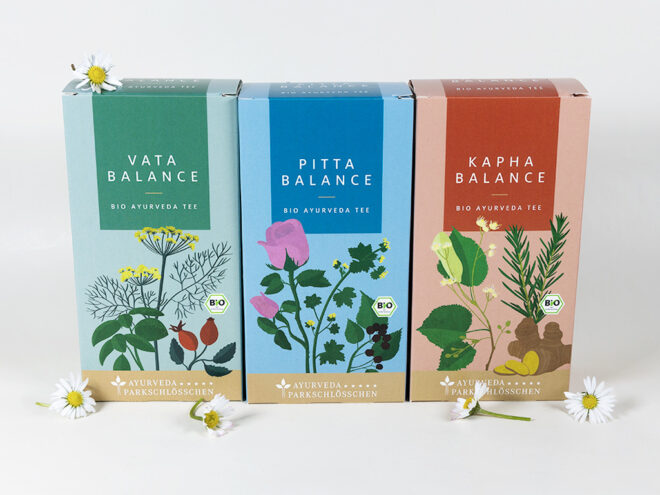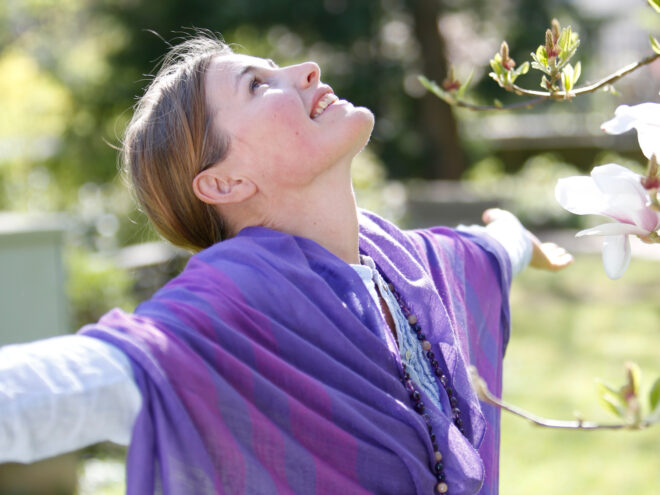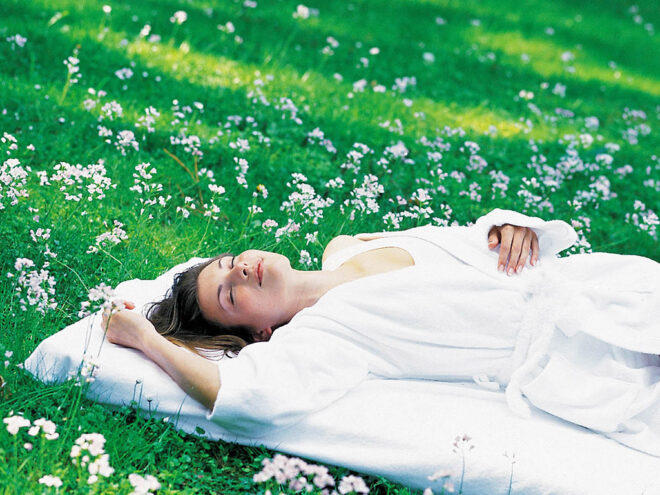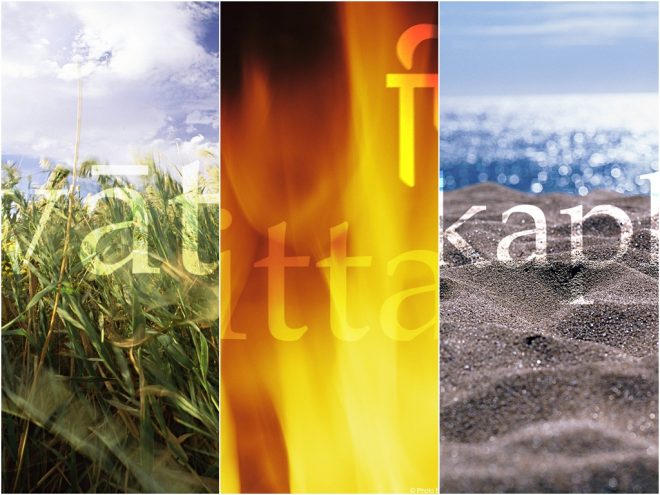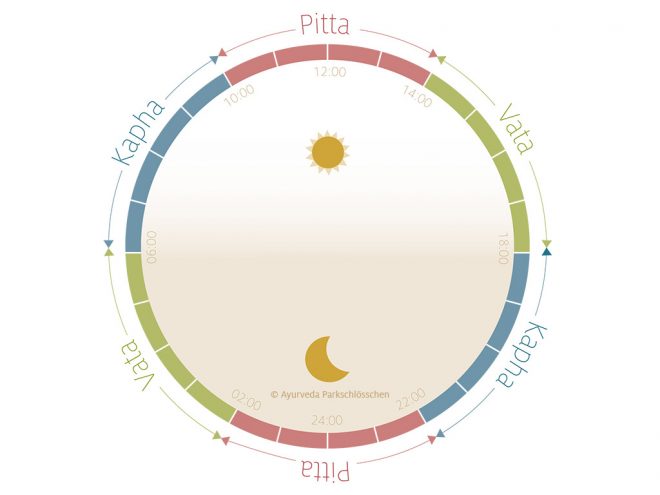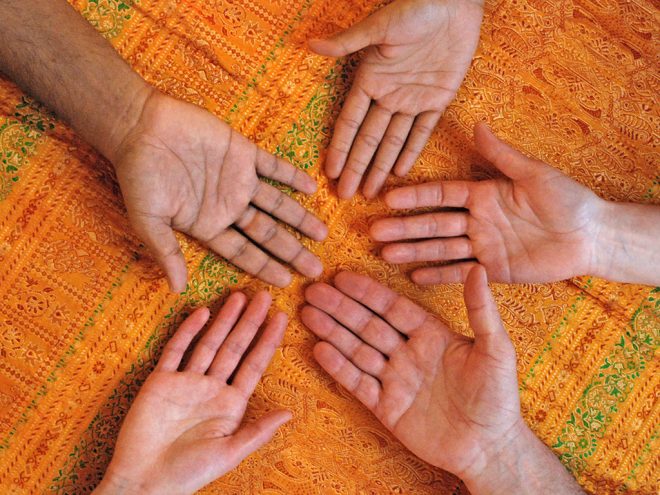This website uses cookies so that we can provide you with the best user experience possible. Cookie information is stored in your browser and performs functions such as recognising you when you return to our website and helping our team to understand which sections of the website you find most interesting and useful.
A new signature product from the Ayurveda Parkschlösschen
5 to 7 day plan to stimulate the metabolism
Take part: New tips every day to stay fit and healthy!
The dynamic sequence of the sun salutation in combination with rhythmic breathing is both invigorating and balancing
In this hyper-connected world full of technological conveniences, it is increasingly becoming known that our digital
Ayurveda – 5000-year-old wisdom for modern problems
Destinations and holiday planning according to the constitution types
Vata, Pitta and Kapha are looking for Easter eggs…
The Yoga Cycle for the Kapha Constitution
Spring Cleaning with Vata, Pitta and Kapha
Vata, Pitta and Kapha on a walk in autumn.
Vata, Pitta and Kapha meet after work in their shared flat.
In autumn, it is particularly recommended to eat a strengthening and balancing Vata diet.
Abhyanga (oil massage)
Morning Routine Wake up relaxed and get up just before 6 a.m. (Vata time) Cleanse mouth and eyes with water Gandusha: scrape
The three fundamental regulatory principles of Ayurveda are called the Doshas. They are called Vata, Pitta and Kapha.

